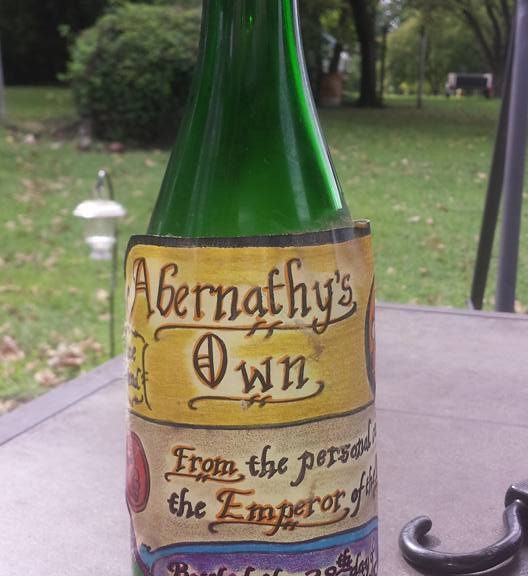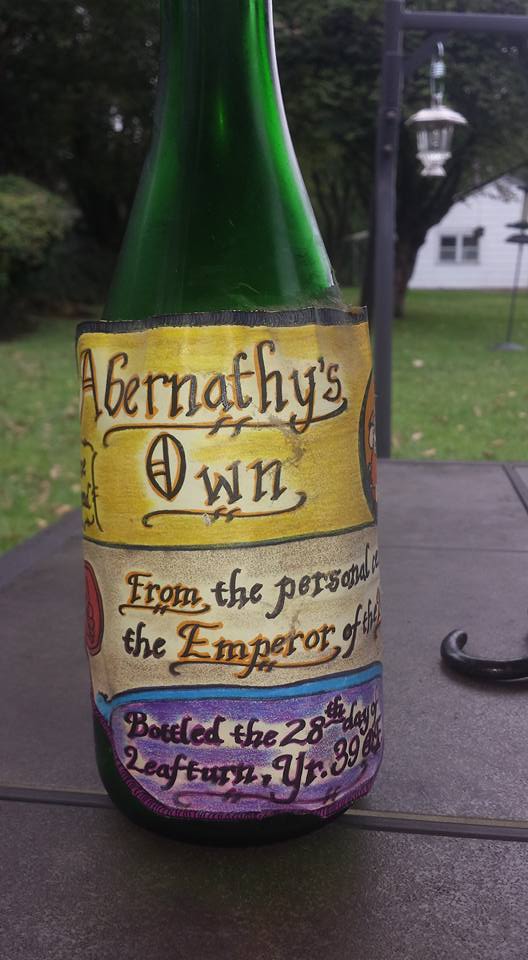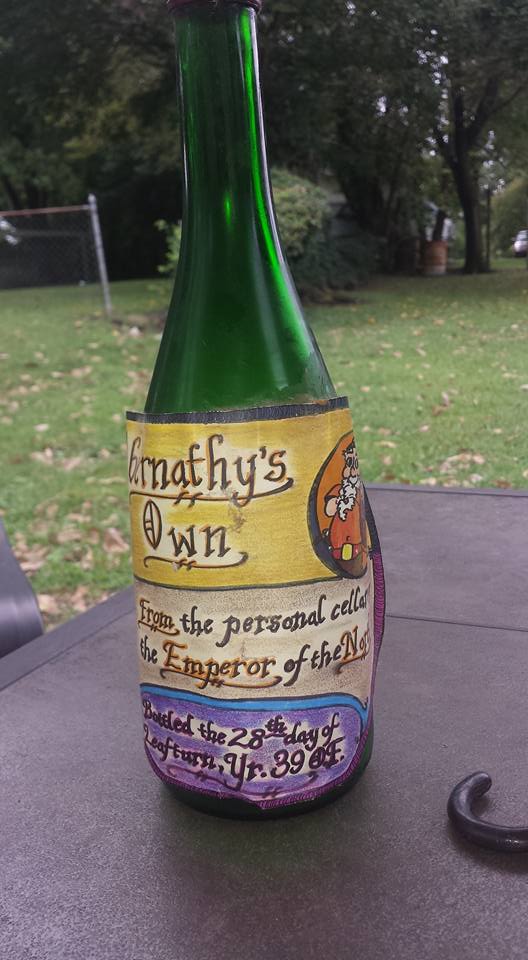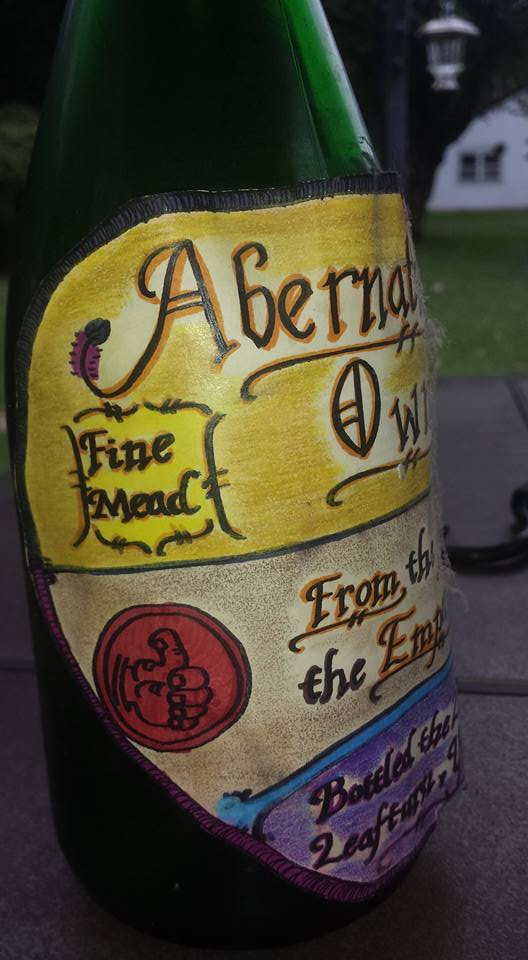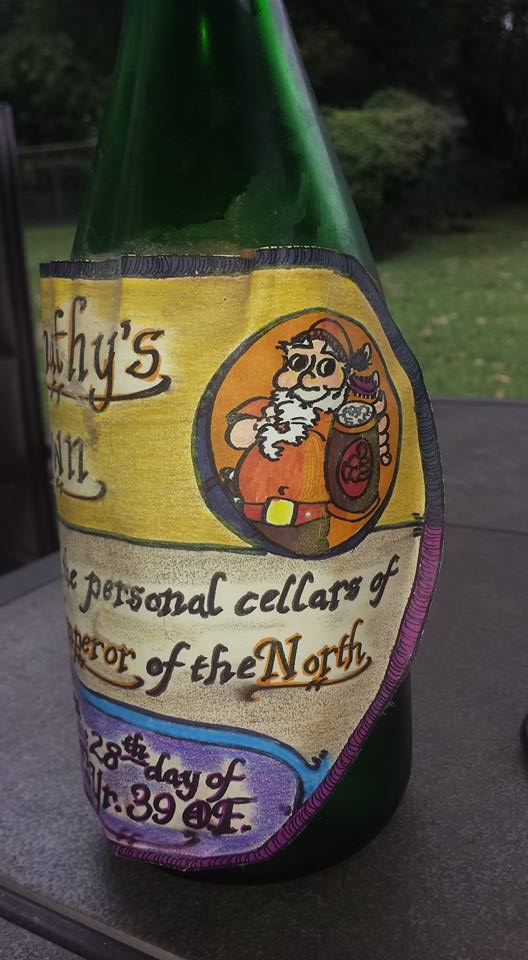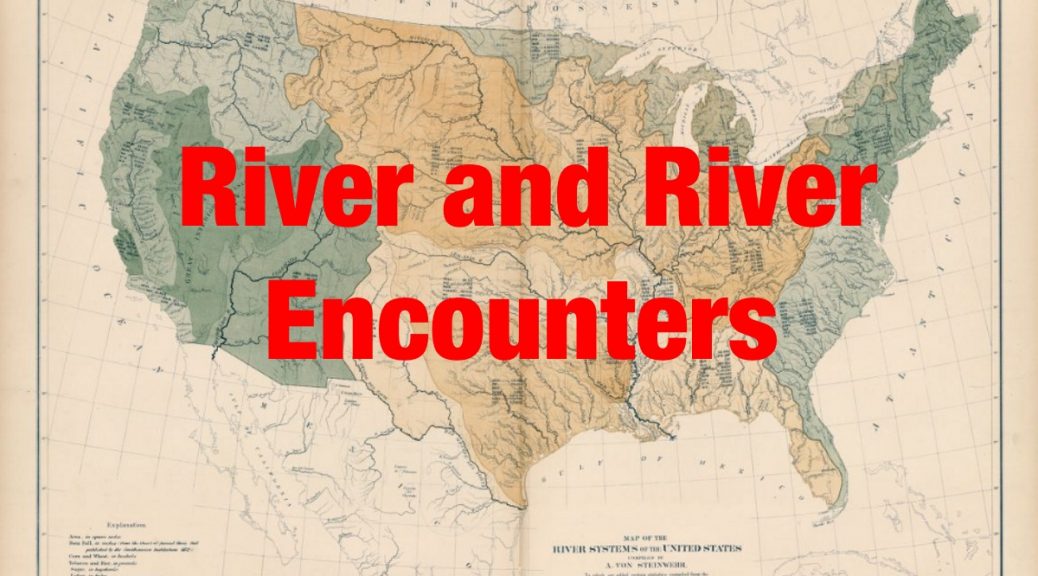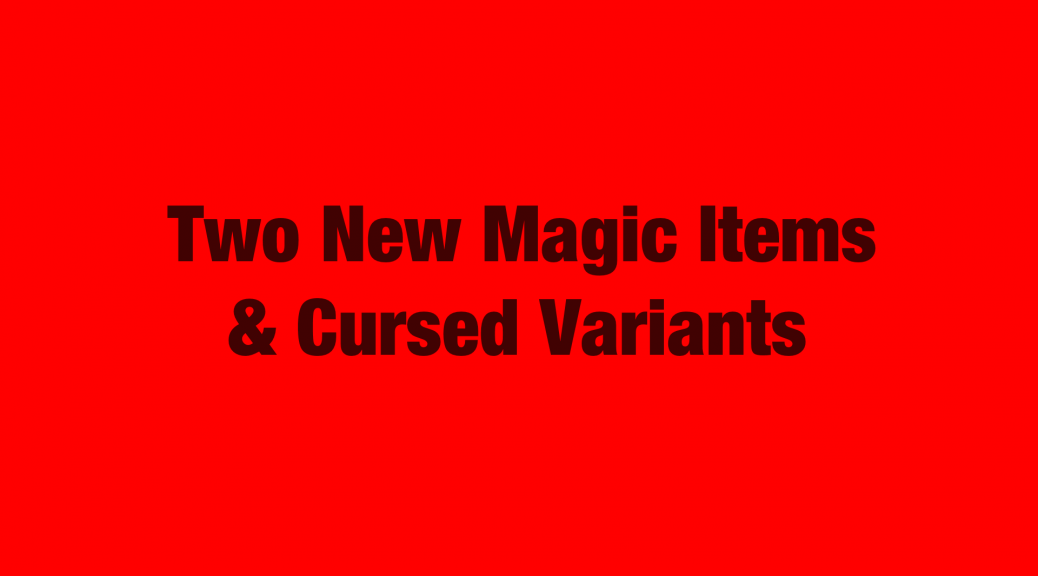While listening to the podcast of +Colin Green, AKA Spikepit, on the Spikepit podcast, he asked for source material on river encounters and adventures. He also mentioned a swamp.
Until he mentioned swamps, I was thinking about the creeks I wandered as a boy in a rural/suburban landscape, and going on float trips on different rivers in college, and seeing the results of the major flooding in the Midwest in the late 90’s/early 00’s that affected huge areas. When he mentioned swamps I thought of The Screaming Swamp, my contribution to The Black Isle, that I mentioned a few weeks ago, when it was released.
My ideas for rivers involve random tables. Rivers come in all shapes and sizes, from dry creeks in the desert that only flow when it rains, to mighty rivers like the Missouri, Nile, or Amazon. They all have a source, tributaries, general direction of flow, branches, rapids, falls, and estuaries or mouths. They can be fast, slow, relatively short, or very long. They can freeze over in winter allowing wild herds, trade, or war to cross.
I took these ideas and expanded them in my publication on DriveThruRPG: Rivers and River Encounters [Affiliate Link].
All rivers have a means to cross them, whether by fording, ferrying, boat, or bridge. They all have a means to travel them if wide and deep enough. The creeks I wandered as a boy were rarely deep enough to find a spot to swim, so traffic would cross them at the easiest spot to avoid them. Larger rivers, like the Missouri were first avenues of exploration and trade. Nearly any size boat can be found, up to small ships, and huge number of barges.
Intelligent races can attempt to wrest control of rivers for their own purposes, such as irrigation, dams to store water for dry conditions, dams for hydro power for grinding grain or sawing logs, or for generating electricity. Locks can be implemented to make a river part of a canal to make travel over difficult terrain possible.
Where there is trade, there are towns, warehouses, shops, merchants, thieves, bandits, and river pirates. Where there is trade, the authorities come looking for taxes to pay to put down the pirates and thieves, and as the traffic becomes more peaceful, the taxes cover more and more.
Druids would argue against too drastic a change to a river, using their natural magic to thwart attempts to tame it.
Rivers have their own wonders both to behold and dangerous to the unwary. Huge bluffs overlooking the river make a great place to jump in, but also make a great location for a fort or monster lair. Sand and gravel bars impede traffic, but can air in crossing. They can also shift during flooding. Bends in rivers can host deep depressions suitable for the biggest fish, and the things that eat the biggest fish.
Low areas form bogs, swamps, marshes, and fens. Trees fall and form areas to block traffic, make a danger to traffic, and hide both game and predator. Beavers construct dams for their homes and to make an environment to their liking. While attractive to other wildlife, farmers and villages may not like it.
Rivers are also a source of water and great cities tend to only be built near them. They can become corrupted or polluted and poison the population and wildlife.
There are so many things to consider and so many possible tables. I’m not sure I’ll get to tables in this post, but will have as many things to consider for building my tables.
Terrain, geography, natural hazards, control of traffic, strategic points, wildlife (game and predator), monsters, thieves, bandits, and pirate. Navy, patrol, and tax and tariff collectors. Trade wars, embargoes, boycotts, boat and ship construction. Barge traffic. Source, width, depth, falls, tributaries, branches, bends, bluffs, fords, ferries, bridges, canals, dams, locks, estuaries, mouths. Watersheds. rain, floods, droughts, aqueducts, aquifers, caves, caverns, grottoes, cenotes, glaciers, ice, snow, spring thaw, flash floods, encounters, and more.
I foresee many rabbit trails of research on Wikipedia in my future for this. So many ideas all at once is hard to get them all down.
It occurs to me that there are two methods of placing rivers. There may be other ways, but I think they would be sub classes of the following.
- Let the terrain you place on the map dictate where to put rivers.
- Draw the rivers first to dictate where you put the terrain.
The tables I plan to develop will aide with developing the river and it’s terrain, or help flesh out the river and terrain you provide. All well planned table should be able to give you ideas to make the things they suggest your own.
The Tables
Rather than plot out the whole river, the type will matter and the GM can pick what part of the river they need for a specific location or encounter.
SOURCE
All streams & rivers have a source, or starting point.
- Spring
- Glacial Melt
- Mountain Stream
CROSSING
When a watercourse crosses your intended path, how do you cross it?
This can also be applied to other barriers, like gaps, gorges, peaks, etc.
- Walk, Step, Leap, Running Jump.
- For narrow creeks and streams you may be able to just step over them.
- The banks of creeks can be very steep on one side and low on the other.
- I once slid down a shale cliff while holding the end of a rope intended to help me avoid sliding and getting banged up. I finally stopped when the rope had played out a safe distance from the stream that was 30 to 40 feet below the top of the shale cliff. Climbing such a cliff is like going up the down escalator with pieces breaking and causing you to slide in addition to moving in the opposite of the intended direction.
- Natural Bridge
- This can be a tree, rock, packed earth, packed snow, ice, or the bodies or bones of one or more dead creatures.
- Directed Natural Bridge
- Yesterday, someone posted a link to this article on root bridges.
- These are living trees, roots, or other plant matter guided by humans to cross over gorges and rivers.
- The original picture online was quite elaborate and the surface of the bridge was packed with dirt and fitted with stones to make a solid surface.
- For a game setting, I can see elves, druids, and other forest denizens making such structures in the trees.
- Ford
- Stepping Stones
- These tend to be smooth round stones that are commonly slick without water. Water makes them more so.
- Wise locals will replace or overlay them with flat stones for more sure footing.
- Mixed stone & natural gravel
- The shallow area has trapped the smaller rocks and stones creating a wet, but serviceable crossing. The intervention of intelligent species may enhance it or destroy it for it’s own purposes.
- Sandy crossing.
- More gravel and sand than stones. Area could be prone to liquefaction of the sand and “quicksand.”
- Wet Crossing
- Anything from getting your feet wet to not so deep you’re swimming for foot traffic.
- Anything too deep to walk, but not needing a boat.
- Riding a riding animal or pack animal.
- A vehicle, whether drawn or pushed by animals or an engine.
- Ferry
- Where the water is consistently deep enough that foot and vehicle traffic can’t make it, but a bridge is not justifiable or impossible.
- Ferries can cross a distance not much wider than the ferry, to great distances. In addition to crossing watercourses, they can cross lakes and seas to islands or cross straits.
- Ferries can be tethered or free. The simplest tethered ferries use the tether to pull the ferry and cargo along. Some use a capstan powered by the crew or beast(s) of burden. The capstan is put on the shore for the most efficiency. It could also be a treadwheel powered by the crew or beast of burden.
- Ferries have a fee that is what the market will bear. There is taxation of it, unless the ferry is initiated prior to civilization catching up with it.
- Often ferries exist in slightly deeper water to a nearby ferry and is for those who want to stay dry, or for cargo that they don’t want to risk getting to market. In this case, the ferry can’t charge too much, or people will simply go to the ford.
- Ferries are also used in locations that are too wide for existing technology or resources to bridge.
- Ferries can be passenger ferries which only accommodate people and their personal possessions. Basically boats.
- Vehicle and cargo ferries have ramps and flat decks to enable beast drawn vehicles and powered vehicles to embark and disembark.
- Bridge
- From simple footbridges for pedestrian traffic, to bridges allowing at least one wagon to cross.
- Narrow bridges will have a system to control the flow of traffic if it is only wide enough for traffic in one direction.
- Daily shift changes, the length of the market day, etc. will influence the busiest time for narrow bridges.
- Taxes, fees, and tariffs are often collected for maintenance costs and revenue for the crown.
- Construction is most commonly the cheapest material available that can do the job.
- Wood will be used for the narrowest spans that are not easily forded. Heavy traffic may lead to replacement with stone for durability and less frequent repairs and breakdowns.
- Stone can be used from the river, if enough can be found nearby. Otherwise you will need a quarry within a reasonable distance for the source of materials.
- Brick can be used for narrow spans if the materials and technology exist.
- Cement and Concrete technology can increase the distance that can be spanned if the knowledge to use pilings at the base of arches. Roman brick. Roman Architecture. Roman Engineering. Roman Roads.
- Aqueducts also use bridges for water. In areas where they cross the same spans as other traffic, they could share the same bridge. Here’s some information on Roman Aqueducts.
- Aqueducts can also be used to extend watercourses for waterborne travel, and are called navigable aqueducts.
Portage
Similar to how a watercourse can interrupt land travel, land can interrupt water travel. There can be low points in a river such as where there is a ford, gravel or sand bar, collection of large stones, debris over the years of floods, or low water caused by drought.
Portaging is simply porting (carrying) your craft overland until you reach more water. Historically, one thinks of the canoes of trappers and trader, and the boats of Lewis & Clark. However, there have been instances of sizable boats and ships being portaged.
There are many types of things that can force the occupants of a water craft to portage it.
- Low water due to nature of watercourse or drought.
- Obstacles
- Sand bar
- Gravel bar
- Rocks
- Landslide
- Avalanche
- Ice
- Flood debris – rocks, trees, building, bodies, etc.
- New bridges or ferry tether lines.
- Collapsed briges
- Sunken or wrecked vessels.
- Large water creatures like hippos, or monsters.
- Rapids
- Falls
Control of Traffic
Whether traveling on or across a watercourse, others will want to control it. Control can be in the form of legal or extralegal activity. What is considered extralegal in the heart of civilization, might be the closest thing to law in the borderlands.
Theft
Theft will exist in many forms.
- Lone or small number of thieves. These will be the pick pockets and those who prey on lone travelers, taking their stuff.
- Bandits – These will be those a bit more organized and may operate a protection racket at the crossing or narrow point in a river.
- Pirates – These will roam up and down the river to take the trade goods and other valuables up and down the river. Land raids will be within striking distance of the river, their fast escape route down river.
Law
Whether the sudden arrival to the frontier or the already civilized interior, the law will make its presence felt in the form of taxation, fees, tariffs, fines and more.
- Individual – Whether a self appointed law man or the designated constable of the appropriate jurisdiction. They might deputize assistants. A paladin walking through might disrupt the bandits or pirates, and have to stay on to avoid those he has freed from being taken over again. He might charge fees to help out, and been seen as taxes by some.
- Garrison – Troops in some level of fortification from the monarch or local noble. They will be place in the most strategic point for control. If the high point is too far to practically control the choke point for traffic, they will s\establish a standing watch, or regular patrol to the point if too far to maintain.
In a more civilized region or city, the garrison will be the gatehouse or tower built over the tollbooth. A village or town will arise around these locations. - Fort or Castle – Troops will have a more substantial and imposing base to project even more strength.
- Way Stations and Hostels – Way stations for officials and hostels, AKA inns and taverns, will rise up along a road or a large river that is the main route for trade. On borderlands and the wilderness, the ruins of these from fallen empires might be the center point for a small village, or a hideout for bandits, goblins, or a lair of some monster.
- Boats, Barges, and Ships – In addition to the traffic from civilian versions of these craft, the national or local ruler will patrol the river to protect their own investments in trade and to ensure taxes keep rolling in to keep them in power.
Beginnings
The source of a river or stream is called the headwaters. Watercourses that begin as springs or flow from other openings in the ground are often considered holy places, or places of magic and healing.
Finding the source of major rivers has been seen as a prize. The Nile was one of the last major rivers in the world to have its source documented by science. There is a game that was released in the 80’s call Source of The Nile informed by this period of colonial expansion and exploration in Africa. More detail at Boardgame Geek.
- Spring
- Crack
- Cave – Surface opening of underground river. Could be a very small opening that is enlarged by those who find it over time.
- Glacial melt
- Mountain peak – the annual spring thaw and rains maintain the flow of water.
- Marshlands
Endings
There are two ways a river is considered to end, as an estuary in to a body of water, whether fresh or salt water, or the confluence of two or more rivers into one.
Freshwater bodies can be ponds, lakes, or inland seas. The size of the water body will determine the navigability of the watercourse. Lakes and ponds may have marsh or swamp lands at the estuary in a relatively level area.
At saltwater bodies, those tend to be seas or oceans. Often the mouth of the river fills with sediment from silt and may limit the ability for seagoing vessels to navigate it.
Weather
Weather affects navigation of watercourses. Too much rain leads to flooding and until the chaos subsides navigation is dangerous. Drought leads to inability to travel, without portage. Seasonal variations in rainfall will lead to semi-predictable peaks and valleys in navigability. Winter in temperate and further regions will lead to ice partially or completely blocking traffic via the river.
If frozen to sufficient thickness wild herd animals, followed by their predators can cross rivers that lack high banks. Bandits and war parties can utilize this new bridge also. Ice that is thin leads to accidents. Children feared lost beneath the ice or in danger of it could be an adventure hook.
Drought of an extent to halt traffic will have repercussions on trade, irrigation, diplomacy, and many potentially dying of thirst. Water from a river is easier to access than boring through rock. Work projects to build cisterns for water storage for the next drought, and seeking water will lead to finding things of lost civilizations and provide many adventure hooks.
Geology
Hills and mountains and sedimentary rock along the banks will most likely hold some form of cave or cavern. They may be quite obvious or only be known to a few locals, or be the lairs of predators or monsters. Some could be bandit hideouts, hidden behind waterfalls, surface entrances to a cavern system that eventually leads to the underdark, or the interior world of the planet. I had an idea a couple weeks ago that the underdark is the zone between the outer and inner worlds of the planet.
Cliffs are natural outlooks and can slump if earth or soft stone, or boulders or dead trees can come crashing down. Wyverns might nest on a cliff overlooking the river crossing causing an impact on trade and thus taxes.
Conclusion
There is a lot more here than I could hope to compile in a single day. I hashed this out in about three and a half hours. This will fit into what I see as becoming a framework for building one’s own campaign world, with tools to help build locations and encounters. One need not detail every mile, bend, fall, and rapids in a river. Merely specify what one will find in a particular point along a river.
If you don’t want to map out a river journey, don’t suggest any information to your party to help them think of it. Make all journeys cross rivers and you won’t have to do much detail, of use the same methods for land travel, focus on the narrative of the journey with only highlights of the scenery. Placing specific encounters, or developing encounters that you can fit into any place along a river will ease your work load.
This exercise of writing this article and generating the rough structure of tables has given me ideas that will percolate in the back of my mind and ideas will emerge when I need them during the course of play.
I hope you find this informative and useful in crafting your own ideas.


